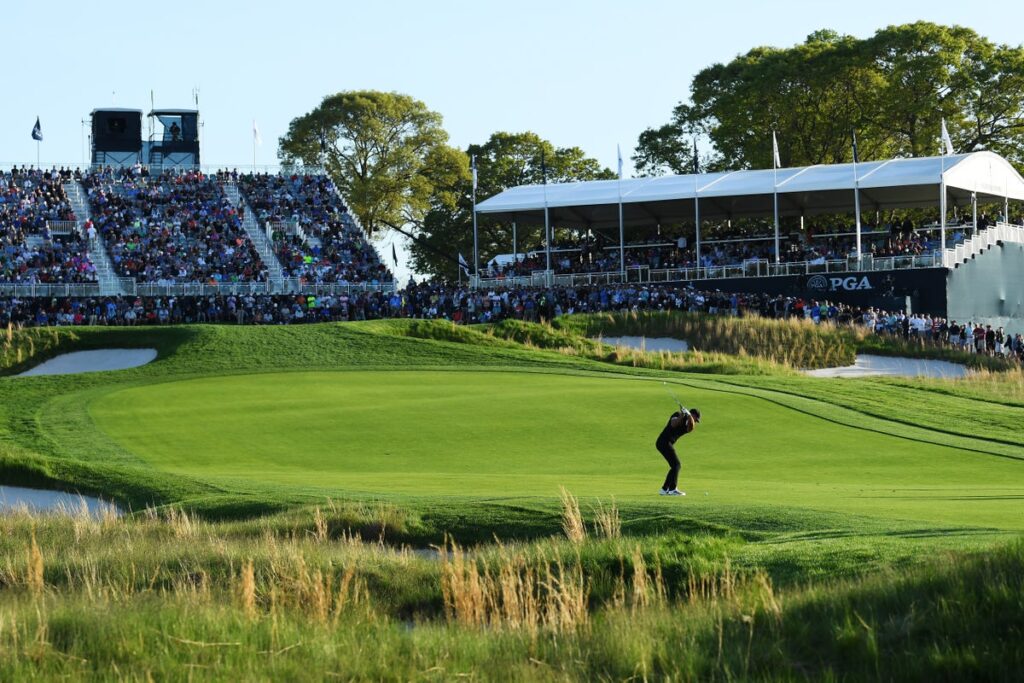About a year ago, Luke Donald flew into New York with his right-hand man, Edoardo Molinari, to suss out the next Ryder Cup course. Word quickly got out that the European captain was in town, so by the time the pair walked to the first tee the next day for their reconnaissance of Bethpage Black, a pack of around two dozen grinning locals were waiting to greet them.
“On the first tee, from England!” shouted one, to much laughter. “The former world No 1, captain of Team Europe, LUUUUUKE DONALD!”
It was the gentlest taste of what is to come: as if Donald needed reminding, the home fans won’t be shy when the Ryder Cup begins on Friday, on a golf course 45 minutes outside Manhattan. Add in a steady stream of beer, some deep-seated sporting tribalism and an edge of jingoism – Donald Trump will arrive on the opening day – multiplied across thousands of fans, and you start to paint a picture of what awaits Team Europe.
Rome was fiery, and Bethpage will be another intense Ryder Cup cauldron. The course is notorious for its difficulty but also notable for its accessibility, being a public state park rather than a fancy private club. Bethpage Black has a distinctive character not unlike New York itself – big and brash, fascinating and intimidating, open to the world.
There are no members here, no snooty clubhouse rules. It is nicknamed the People’s Country Club. Tee times are available online to New York state residents a week in advance for $75 (£55.50) (most green fees on the UK’s major-hosting courses are six times that price). Non-residents from out of state and around the world can book five days out and pay $150.
For those who can’t book, there are also a few walk-on slots each day for early arrivals, which creates a version of the Wimbledon queue overnight in the car park of the Black course. Punters are regularly seen practising on the putting green at 11pm under floodlights, before holing up in a campervan ready for the first tee at 7am. It is, some say, the golf course that never sleeps.
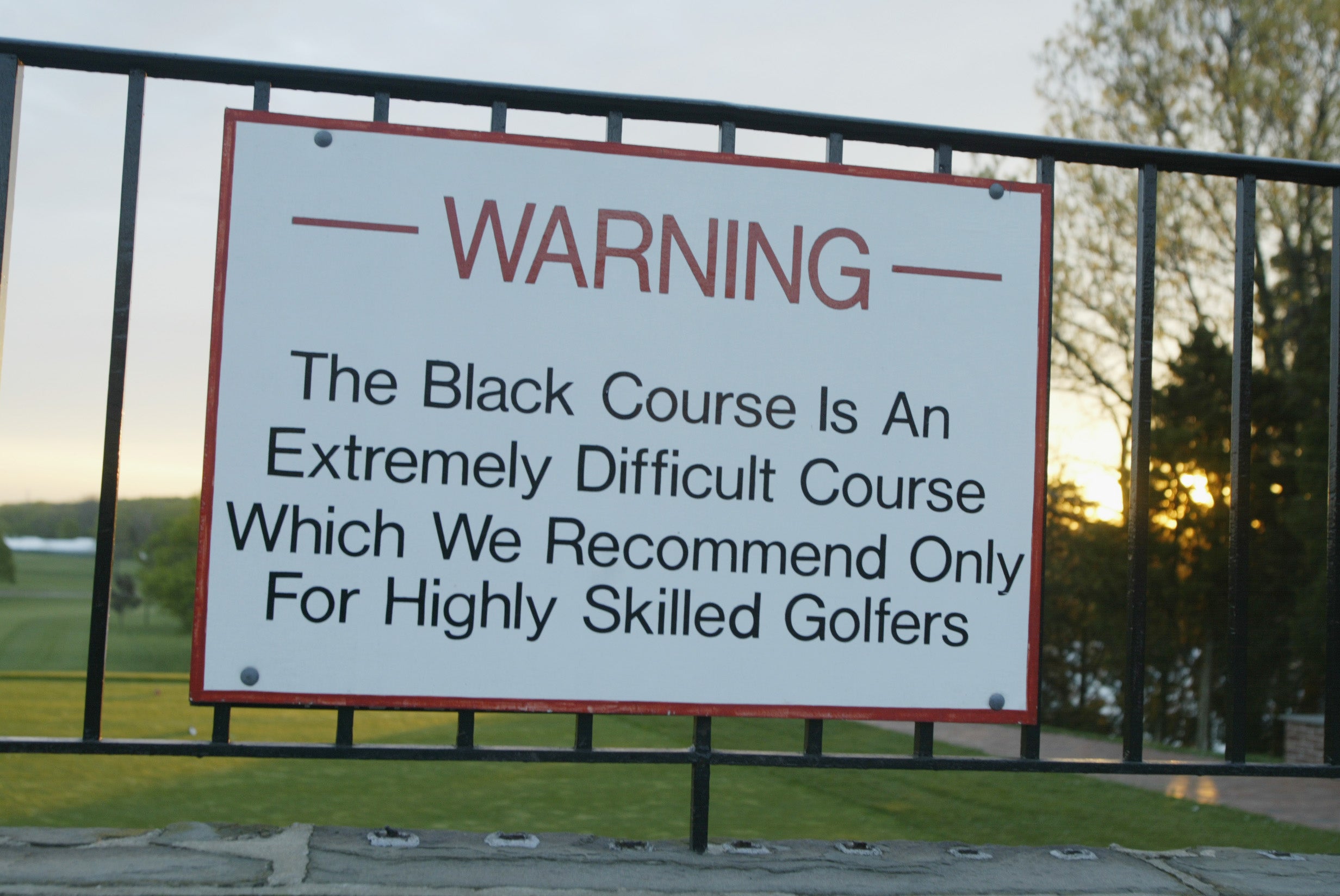
Thousands of golfers make the pilgrimage because Bethpage carries mythical status as a uniquely brutal challenge, one not so much to enjoy as to escape from alive. It is nicknamed “The Beast”, and a famous sign at the first tee warns against going any further unless you are a “highly skilled golfer”.
There is only one spot of water, on the picturesque par-three eighth hole, where a pond lurks at the foot of a sloping green. Bethpage’s poison is instead hidden in its web of giant bunkers; they total seven and a half acres, and if you’re standing in one, then there’s a pretty good chance you are playing blind. Then there’s the rough, thick and hungry for golf balls, swallowing them whole so that hitting out with any distance takes plenty of muscle and a little luck.
And yet the reality is that Bethpage will not bare its sharpest teeth for the Ryder Cup, like it did when the course hosted the US Open and PGA Championship. Fans want to see birdies, not bogeys, and tense matchplay holes decided by nerves on the green, not balls lost in the grass. Bethpage Black will still be long and narrow with vast sand traps lurking at every turn, but the rough will be cut back, and plenty of flags will be planted safely in the middle of greens. What is it they say about New Yorkers? Tough on the outside but soft on the inside.
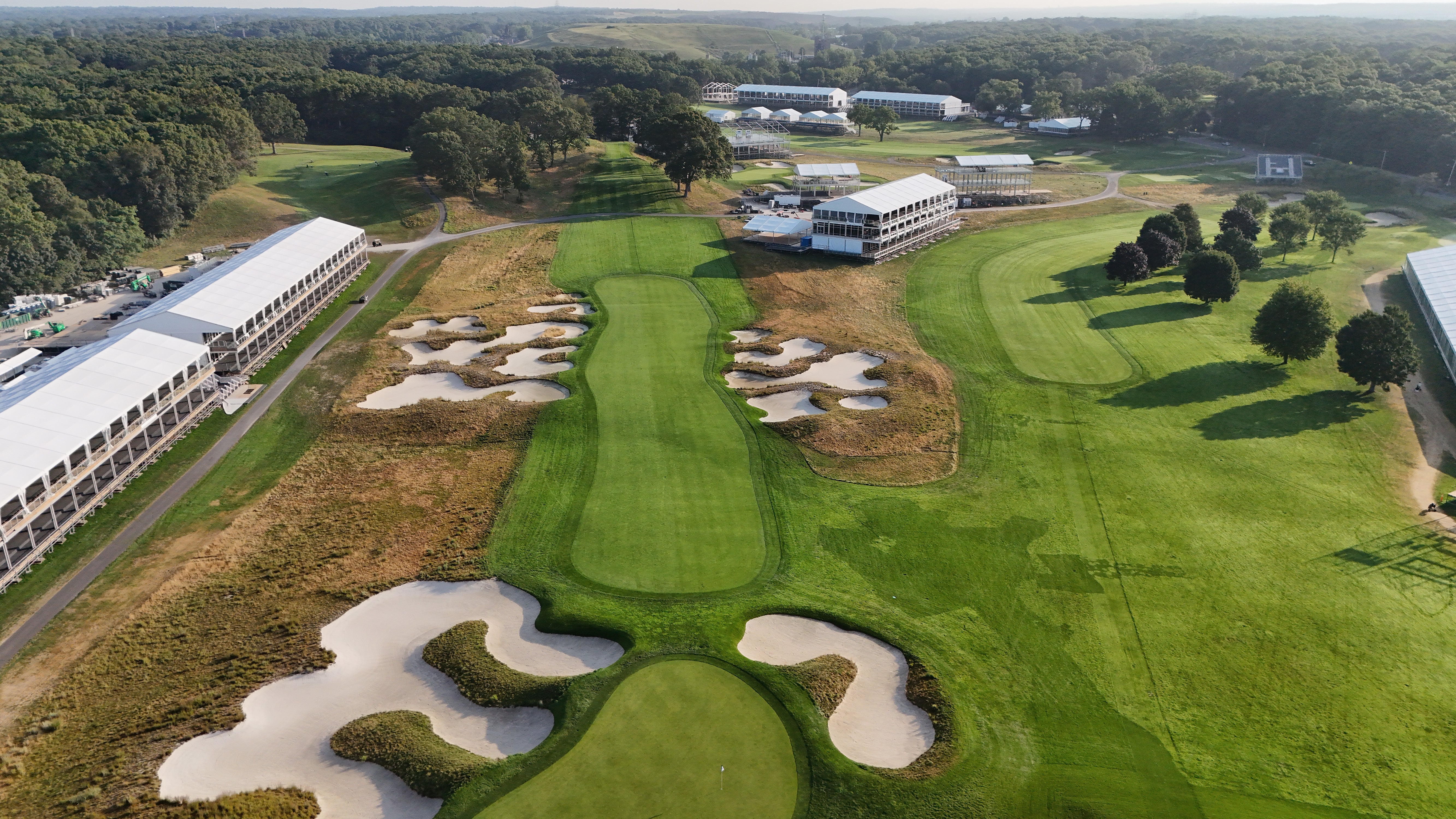
“It’s not too much of a secret,” says Andrew Wilson, the director of agronomy at Bethpage State Park, about how he is preparing the rough. “It won’t be four inches, or four and a half inches, or anything like that. It’ll be a little more benign.”
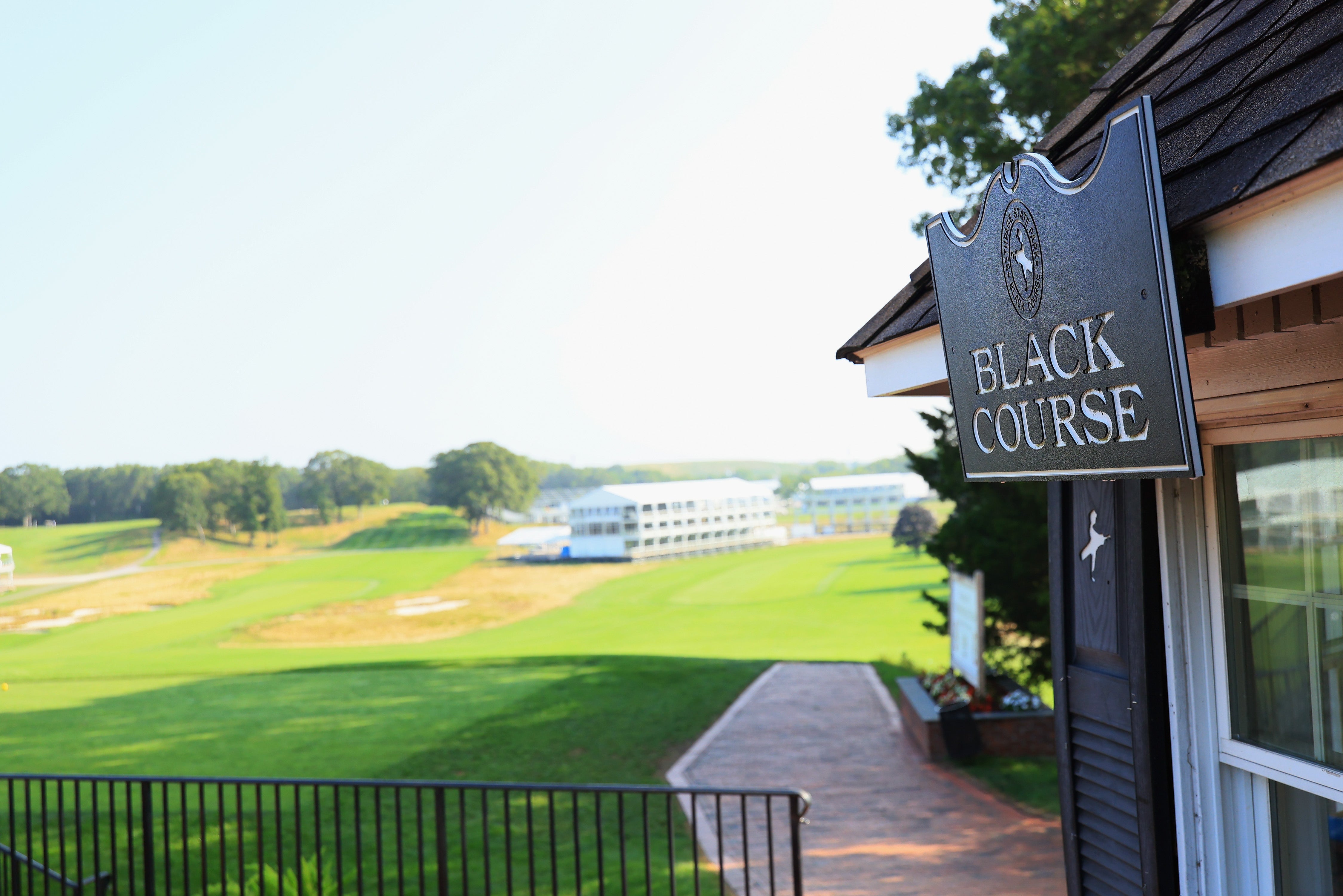
Wilson has been preparing for these three days for more than a decade, ever since Bethpage was announced as Ryder Cup host. There are five golf courses at the park, colour-coded by difficulty, and they are all playing their part. The red course is covered in hospitality tents and the yellow course has been paved over for media parking.
He grew up locally and chuckles at the idea that the event, which is taking place in Farmingdale, New York (the state), is being anchored to New York City by organisers and philistine sports journalists. This is a familiar reality in golf, of course, which likes to warp geographical boundaries for commercial ends. The last Ryder Cup wasn’t really in Rome and the first LIV Golf tournament wasn’t really in London, but you can’t launch a rebel golf tour in “St Albans”.
“There’s a comedian who joked, ‘No one says, I’m from Farmingdale, New York City,’” Wilson laughs.
But he has no doubt that the Ryder Cup will play out inside a New York-ish spirit, and draws on tennis as a comparison. “Wimbledon is almost like Augusta, where it’s like this odd hush over the crowd, whereas the US Open in New York has a bit of a buzz in the background the whole time. That’s what Bethpage is like.”
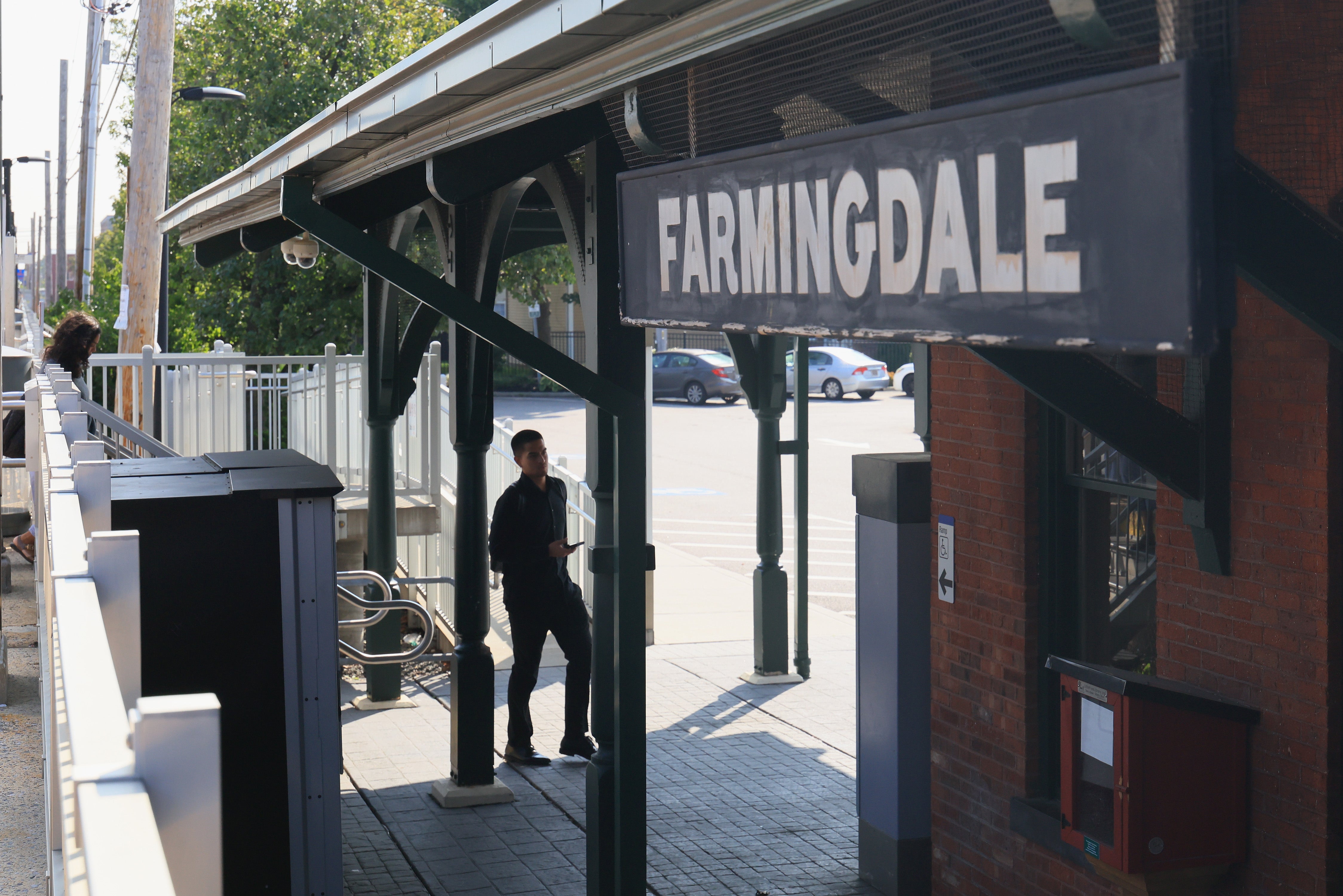
Several holes stand out. The first is a drivable par-four which will immediately ask whether players dare cut the corner and go for the green; the seventh is a testing dog-leg par four; the 13th is a 608-yard par five reachable in two but peppered with bunkers; the tough par-three 17th is a stadium hole with fans around the back of an hour-glass green, where perhaps the winning shot will be hit. An epic horseshoe grandstand will also wrap around the first tee and 18th green.
The course is split in two by a road running through it, and it is not uncommon for drivers to beep their horn as they drive past a golfer lining up a tee shot. That is just one more thing that Team Europe will have to deal with. “Oh, they’ll let ‘em hear it,” smiles Wilson about his local fans, with deliberate understatement.
Set against a strong US team on a golf course that takes no prisoners, Europe’s enormous challenge becomes clear. No wonder Rory McIlroy calls an away Ryder Cup the toughest task in sport. Winning it in Rome took heart. Defending it in New York will take guts.
Read the full article here



